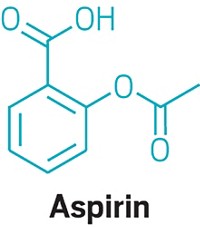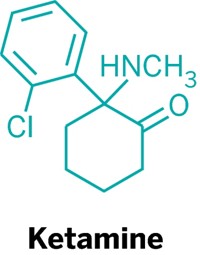Advertisement
Grab your lab coat. Let's get started
Welcome!
Welcome!
Create an account below to get 6 C&EN articles per month, receive newsletters and more - all free.
It seems this is your first time logging in online. Please enter the following information to continue.
As an ACS member you automatically get access to this site. All we need is few more details to create your reading experience.
Not you? Sign in with a different account.
Not you? Sign in with a different account.
ERROR 1
ERROR 1
ERROR 2
ERROR 2
ERROR 2
ERROR 2
ERROR 2
Password and Confirm password must match.
If you have an ACS member number, please enter it here so we can link this account to your membership. (optional)
ERROR 2
ACS values your privacy. By submitting your information, you are gaining access to C&EN and subscribing to our weekly newsletter. We use the information you provide to make your reading experience better, and we will never sell your data to third party members.
Biological Chemistry
Herbicides, Drugs Block Taste Receptor
Such weed killers and lipid-lowering drugs interfere energy metabolism, glucose regulation
by Sophie L. Rovner
October 19, 2009
| A version of this story appeared in
Volume 87, Issue 42
For the first time, researchers have discovered that some common herbicides such as 2,4-dichlorophenoxyacetic acid (2,4-D) and lipid-lowering drugs including gemfibrozil can prevent activation of a human taste receptor involved in energy metabolism and glucose regulation (J. Med. Chem., DOI: 10.1021/jm900823s). A team led by Bedrich Mosinger of the Monell Chemical Senses Center, in Philadelphia, tested these two classes of compounds because of their structural similarity to lactisole, a coffee bean component that inhibits the detection of sweet taste by blocking the receptor, which is known as type I taste receptor 3 (T1R3). The researchers recommend that the herbicides be screened for adverse metabolic effects on humans by using human tissues; these effects can’t be detected in rodent studies, because neither the herbicides nor the drugs affect the rodent version of the receptor. The team’s findings also open up a new pharmacological target for drug developers: Compounds could conceivably be designed that selectively target T1R3 in humans to treat metabolic syndrome, obesity, and type 2 diabetes, according to the researchers.





Join the conversation
Contact the reporter
Submit a Letter to the Editor for publication
Engage with us on Twitter